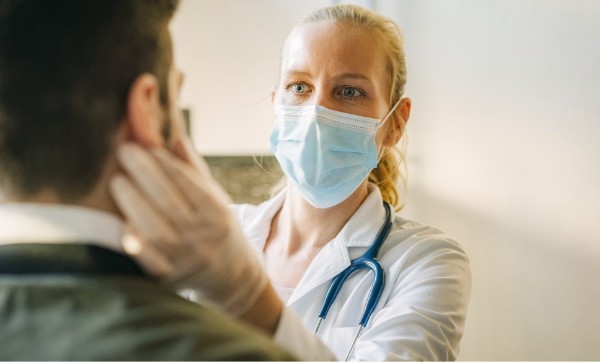
by Advanced Facial Plastics Division
Eyelid surgery, also called blepharoplasty removes the excess skin, fat, and/or muscle from both upper and/or lower eyelids. Excess skin creates a heavy, tired look. The excess skin of the upper eyelid will sometimes rest on eyelashes making application of eye makeup difficult. The bulges or puffiness are caused by fat around the eyes pushing through a thin membrane of the orbit similar to a hernia in the abdomen. Both upper and lower eyelid blepharoplasty can help correct these problems and give you a more rejuvenated appearance.
Preoperative and Postoperative Considerations
Function
The eyelids are instrumental in protecting the cornea. Involuntary blinking helps to wipe a tear film across the cornea. Excess upper eyelid skin can impede peripheral vision. It is important for us to know if you have any problems with your eyes, such as dry eyes or vision problems.
Dedicated to Providing Convenient and Exceptional Care

Where will the incisions be?
The incisions, and therefore the scars, are well concealed because the skin around the eye is very thin and heals well. The incision in the upper eyelid will go into the natural fold of the eyelid. Surgery in the lower eyelid to remove the "bags" or bulges can be performed without a skin incision at all. This incision is placed on the inside of the eyelid. This can be combined with resurfacing of the eyelid to improve wrinkling of the lower eyelid or placement of a filler to restore areas of hollowing or lost volume around the eyes. An incision in the lower eyelid skin may be necessary to remove excess skin or creepiness. Your AFP surgeon will show you the incision techniques during your consultation and advise which is best for your particular situation.
How long will I have bruising or swelling?
The majority of swelling and bruising is gone in one to two weeks with most people being able to return to work in one week. Many patients find that a pair of dark glasses is sometimes helpful in the immediate postoperative period to hide the bruising and swelling. It is important for us to know if you are taking any aspirin products (e.g. aspirin, ibuprofen, advil, etc) or "blood thinners" because these can contribute to swelling and especially bruising. We will instruct you to use cool compresses for 48 hours after your surgery, which will help diminish the bruising and swelling.
When can I wear eye makeup again?
Most patients can apply eye makeup seven to ten days after the surgery.
How long before my sutures are removed?
All sutures will be removed in 3-5 days following your surgery. Self-absorbing stitches will dissolve on their own.
What about postoperative care?
For a week and a half following blepharoplasty the eyes may feel sticky, dry, and itchy. During this period, eye drops may be recommended, and you will need to clean the eye area regularly. You should not exert yourself physically for two weeks following surgery.
What are the risks?
There are risks associated with any surgical procedure, but these are usually minimal in facial plastic surgery. Major complications, including the loss of vision, ectropion (the turning down of the eyelid), and lagopthalmos (the inability to close the eye), which are all extremely rare.
Less Sick Days, More Living

